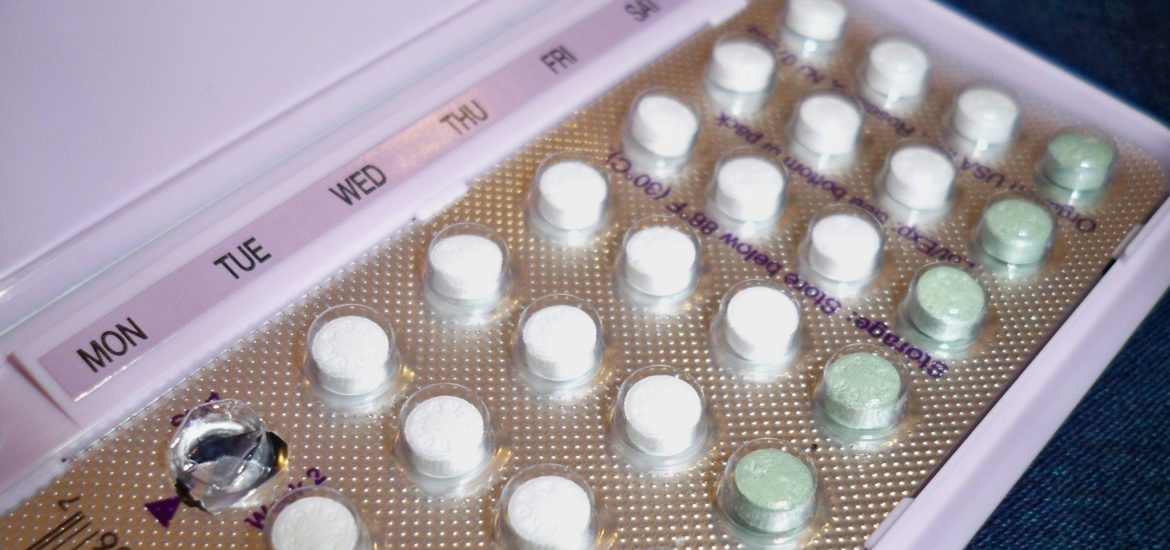President Obama recently signed a newly proposed rule by the Department of Health and Human Services declaring that states cannot withhold Title X from recipients. In other words, local and state agencies can no longer defund family planning providers such as Planned Parenthood. Such providers help women of all ages with the information and care they need regarding their reproductive health.
With the new policy in place, birth control can be provided at these local clinics. Now that we don’t all have to rush to the closest clinic to get an emergency IUD to last through Trump’s presidency, you can take the time to consider your options. Here are the top five ways to protect yourself from unwanted pregnancy.
- Birth Control Pills or “The Pill”
Probably the most popular type of birth control, “the pill” is a hormonal medication that women take on a daily basis. It releases both estrogen and progestin to help keep the eggs from leaving the ovaries, preventing pregnancy. Some benefits of being on birth control pills include lighter periods and the reduction of cramps and acne. But it’s important to realize that everyone’s body is different and those benefits might not apply to you. Because the pills are hormonal, side effects such as nausea, vomiting, breast tenderness, and irregular bleeding can happen. Also, if you forget to take your pill or take if more than a few hours late, the pill’s effectiveness will be reduced for up to a few weeks.
- Intrauterine Device (IUD)
The IUD is a T-shaped plastic device inserted into your uterus to prevent pregnancy by changing the way sperm move so they can’t get to an egg. There are two types of IUDs available: copper and hormonal. Copper acts as a natural spermicide, killing the sperm before it reaches an egg. The copper IUD can protect you for up to 12 years. The hormonal IUD works similarly to birth control pills. They secrete the progestin, which helps stop ovulation. These can last anywhere from three to five years depending on the brand. IUDs have risen in popularity due to their convenience. Plus, it can be removed any time of the month and your body will return to normal.
- Nexplanon
Otherwise known as the “Birth Control Implant,” Nexplanon is a small, matchstick-sized rod that’s inserted under the skin of the upper arm. Similar to the hormonal IUD and the birth control pill, the implant releases progestin. It can last up to four years, but can also be removed beforehand. Different women experience different side effects, depending on how sensitive you are to hormones. Some women stop having periods completely while the implant is inserted, while others have longer and heavier flows.
- Birth Control Patch
The birth control patch, also known as Ortho Evra, is a band-aid-like patch that sticks to the skin. The patch works the same way as the birth control pill: it secretes estrogen and progestin to help prevent pregnancy. Each patch lasts one week and should be replaced for three weeks in a row, followed by a patch-free week when you’ll have your period. Like all hormonal contraceptives, Ortho Evra can affect individuals differently. It’s a good alternative for those who might forget to consistently take the pill every day at the same time.
- Birth Control Shot
Depo-Provera is a hormonal injection that helps prevent pregnancy for up to three months. The shot works similarly to the implant (Nexplanon). It releases the hormone progestin to the body, keeping the eggs from leaving the ovaries. Unlike the implant, IUD, or the pill, once injected, the hormone can’t be removed, so only time will wear off the effects of the contraceptive.
by Jane Lee

